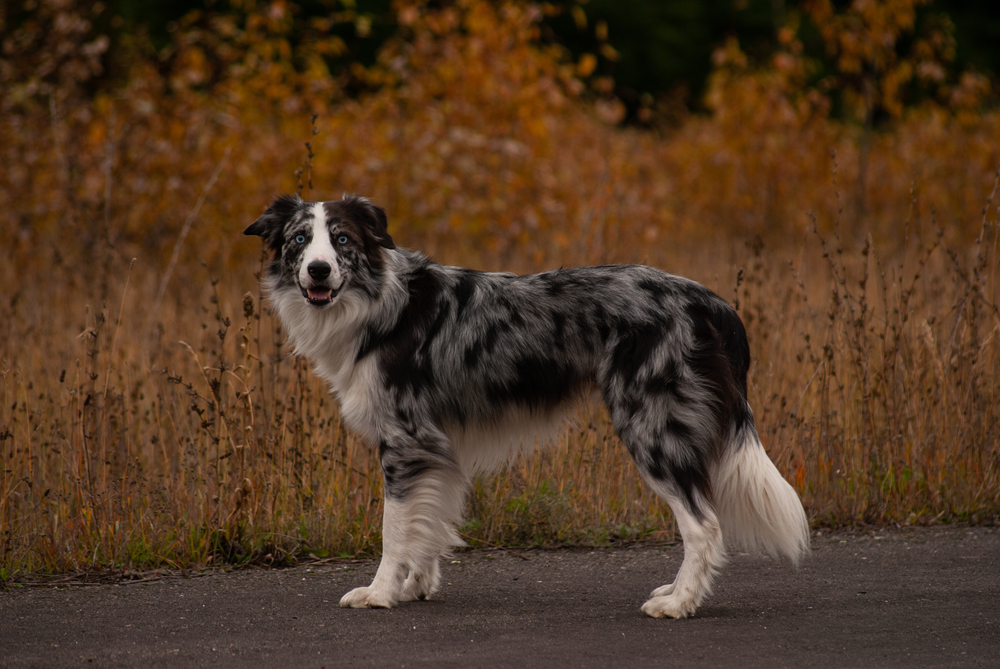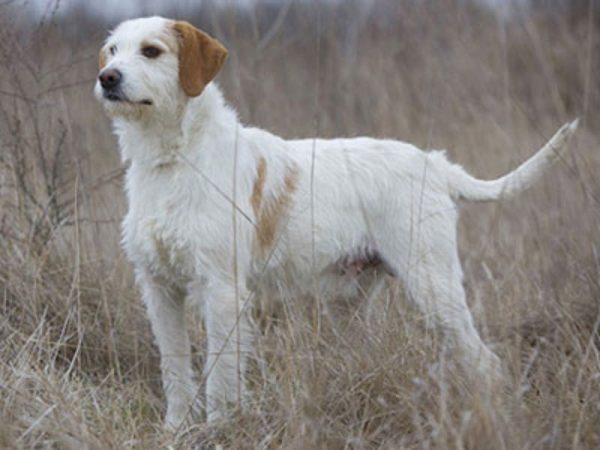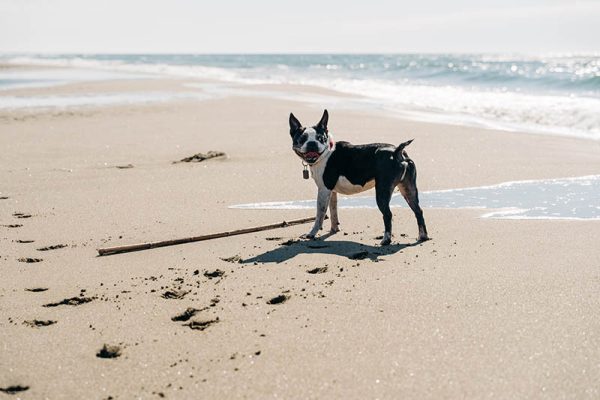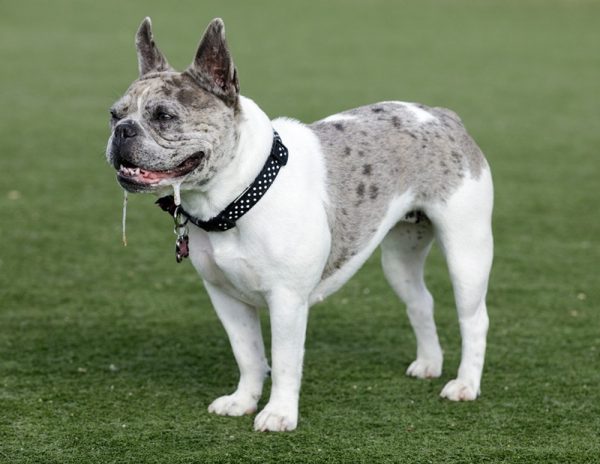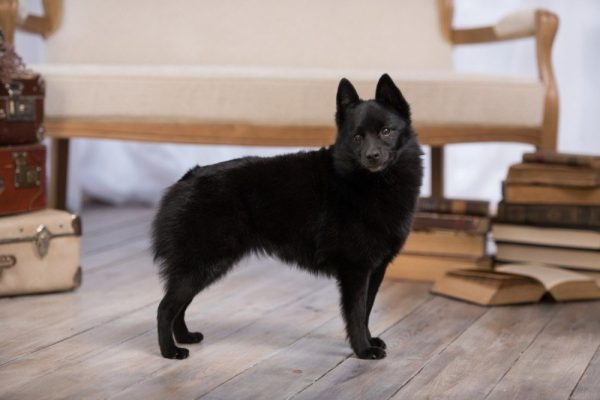The Border Collie is a friendly dog that anyone would be proud to call a pet, as they’re a loyal, energetic, and loving companion. However, have you ever thought about the history behind the breed, particularly the Blue Merle Border Collie, which is a color variation of the original?
The Blue Merle Border Collie has a gorgeous coat, with black and blue-gray patches over a white base. If you want to give this pup a forever home, read on as we discuss the dog’s history and a few interesting facts.
Breed Overview
Height:
18 to 22 inches
Weight:
30 to 55 pounds
Lifespan:
12 to 15 years
Colors:
White, blue
Suitable for:
Active families, with plenty of space and a yard
Temperament:
Loyal and loving, intelligent, easy to train
The standard Border Collie’s coat can be black, gold, blue, white, red, red merle, lilac, sable, sable merle, or blue merle. The Blue Merle Border Collie is unique because the colors and patterns can vary. Regardless of their coat color, this breed makes a great pet, especially if they have a job to do.
Blue Merle Border Collie Characteristics

The Earliest Records of the Blue Merle Border Collie in History
Where the Border Collie’s relatives originated isn’t exactly known. What we do know for sure is that the breed was developed in the 1700s in the border regions of Scotland and England, more specifically in Northumbria. They most likely descended from Roman working dogs and Spitz-type dogs brought by Norse Vikings, but that is unconfirmed.
The Border Collie was developed to be a working dog. Lowlands like Northumbria typically make great land for shepherds, and where there are shepherds, there must also be sheep and in turn, sheepdogs. The Border Collie was bred to be a fast and slender herder and has maintained those traits to this day.
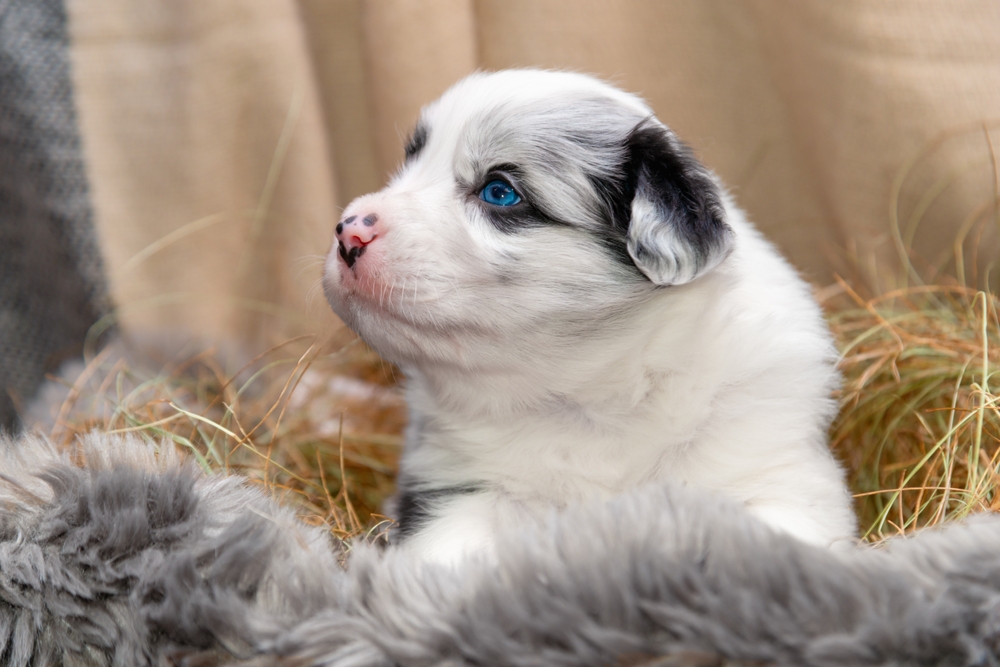
How the Blue Merle Border Collie Gained Popularity
The Border Collie was bred to be a high-energy working dog, and several still herd sheep, but many Border Collies live simply as companions now. This journey began in 1873 when the first Border Collie sheepdog trial was held. This led to further sheepdog trials being held, and in 1906, the International Sheepdog Association was established. Since then, Border Collies have dominated sheepdog competitions worldwide.
Formal Recognition of the Blue Merle Border Collie
The Border Collie was eventually exported to the United States, where they were used on many U.S. ranches. The dog became quite popular, and the North American Sheepdog Society was set up in 1940. Soon after, the Border Collie Society of America was formed to preserve the breed’s herding instincts.
Despite the dog’s long history, the American Kennel Club (AKC) only recognized the breed as part of the miscellaneous class in 1955. The AKC didn’t properly recognize the breed until 1995, 40 years after they were first recognized and almost 300 years after their first appearance.

Top 4 Unique Facts About the Blue Merle Border Collie
1. Their Name Comes From Old Gaelic
The Border Collie’s name comes from the Old Gaelic language. If something was “collie,” it was useful.
2. They’ve Been Owned by Royalty
Queen Victoria of the United Kingdom owned many dogs, but in the 1860s, she became particularly enthused with Border Collies and owned several.

3. Border Collies Have Set Many World Records
Not only do Border Collies hold many world records, but they also hold some incredibly strange records. A Border Collie named Striker, from Quebec City, set the world record for a dog rolling down a manual car window. A Border Collie named Jumpy holds the world record for Canine Skating; he managed to skate 100 meters in 19.65 seconds.
Finally, a Border Collie mix named Sweet Pea holds a record for balancing a glass of water on her head. She walked 10 steps down without dropping it! While it isn’t a world record, a Border Collie named Chaser is widely recognized as the most intelligent dog in the world. Chaser knows the names of over 1,000 objects.
4. A Border Collie Features in a Poem Written by Robert Burns
Robert Burns was a widely renowned Scottish poet and lyricist whose poem, “To a Mouse,” inspired the 1937 novella, “Of Mice and Men.” What may be less well-known about him is that he owned a Border Collie named Luath. The death of Luath inspired Burns’ poem, “The Twa Dogs.” Many statues that depict Burns also depict his loyal Collie right by his side.


Does the Blue Merle Border Collie Make a Good Pet?
The Border Collie is an excellent pet for the right kind of owner. These are working dogs, so they have a huge amount of energy. If you live in an apartment or don’t have enough time to exercise your Border Collie, they probably aren’t the right dog for you.
Borders are great dogs for active owners with large yards. If you run daily, you can take your pet with you, and they’ll love it. Their need for attention also makes them a great choice for families. Basically, if you have the time to devote to your Border Collie and you have the space for them, they make a wonderful pet.

Summing Up
The Blue Merle Border Collie is a color variation of the original Border Collie breed and is just as loving, friendly, and loyal as the others. These working dogs have a lot of energy, which means you need plenty of time to run with your pet and a big backyard for them to play in.
If you’re considering giving a Blue Merle Border Collie a forever home, remember that this dog, like other athletic canines, is a lot of work, so make sure you’re prepared for the task. This gorgeous animal will return your love, loyalty, and affection in spades.
See Also:
Featured Image Credit: ForeverNaturalPhotography, Shutterstock
